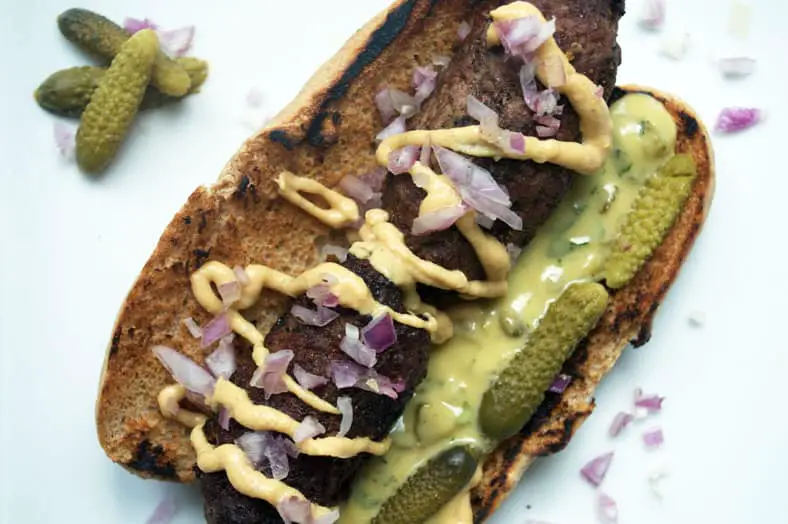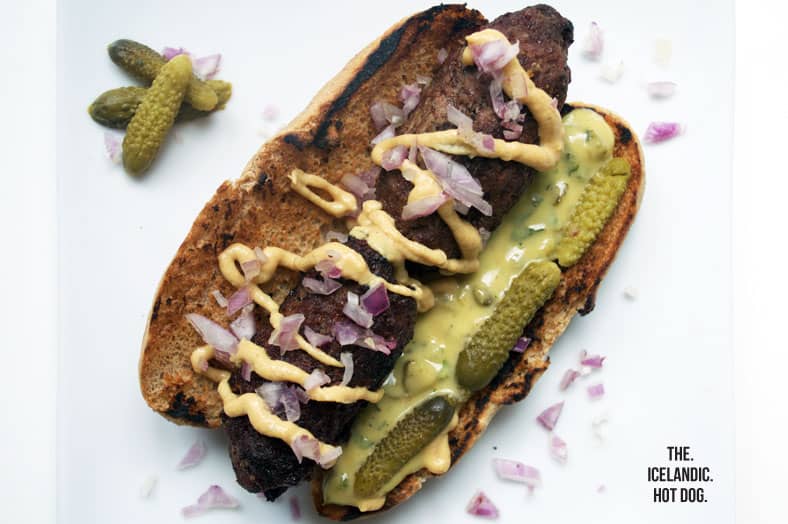Even in food, you can come to expect quite a few curveballs.
Although there are few quite like the overall Icelandic cuisine. For one that boasts such uncommon traditional specialties like hákarl (rotten shark), svið (roasted sheep skull) or lundi (smoked puffin), it’s almost sort of odd the pylsur would be the most go-to Icelandic dish of them all.
And why is that?
Because pylsur is, in essence, a hot dog.
If you love hot dogs, be sure to check out our extra crunchy Korean Corn Dogs Recipe!

Pylsur, Icelandic Livestock and Bæjarins Beztu
Don’t mistake us here… we don’t intend to belittle the magnificence of pylsur by any means here. In fact, in digging deeper into the why behind the popularity of the hot dog, we quickly understood – both philosophically and “taste-ically” – all the rage.
You see, it all begins with the livestock.
Icelandic Livestock
There’s a sort of poetic irony that in Iceland – a country and cuisine dominated by fish – would have its de facto national dish be so… landlocked.
There’s a good reason for this, though, and it begins with the high quality of life for Icelandic livestock.
Iceland is renowned for its high quality meats across the board. The country’s pork to its beef to its lamb (especially lamb) are revered by both locals and incoming tourists for being some of the purist and tastiest meats you can find in the world. Many also attribute the longer lifespans in Iceland (81 years vs 70 for the rest of the world) to their diet rich with these high quality meats.
But why is are Icelandic meats so much better than the rest? The answer is surprisingly simple: there is very little industrial intervention in meat production. Small independently-owned family farms are more common and en vogue than highly industrialized meat producers. As such, the livestock are raised in an incredibly clean and pristine environment and with a very vegetation-oriented diet. In contrast to the American meat for example – where grass-fed has now become an attribute that fetches a premium price – the Icelandic meat is pure, hormone-free, drug-free organic and grass-fed by default!
This is particularly true for Icelandic sheep, who pretty much reign supreme over the pastures in the summertime. Particularly during the months between May and October, farmers will let their lamb run free and graze in the mountain pastures, giving the animals access to an incredibly rich, nourishing and diverse vegetation to snack on.
All of this emphasis on thoughtful, non-industrial raising makes a difference both for the resulting meat and dairy. The quality is higher, the yields more nutritious, and the taste is way better.
By the law of transitive properties, the pylsur/hot dogs simply have to be better too.
Pylsur: The Icelandic Hot Dog
Perhaps one of the trickiest parts of doing the research behind this pylsur recipe was trying to understand why the hot dog has become as popular as it has.
There’s a couple prevailing theories pertaining to the rise of the weiner.
First, there’s the school of thought that the hot dog became popular simply because it preserved the meats well. As was the case for most historical Viking societies (it’s presumed Iceland was first settled by Viking explorers in the 9th century AD), food preservation was a necessity to survive particularly harsh, long winters. For dairy, this meant fermenting and culturing milk into cheese and yogurts like skyr, a very traditional Icelandic strained yogurt. For fruits, you would use jams, jellies and pies (like the earliest forms of apple pie) to keep them edible.
For meats, one of the most effective mechanism was the sausage, although by no means is this an art special to Iceland and other Vikings. The art of making sausages – or cooked, smoked or cured meat stored in the intestinal casings of the animal – has been around since at least the ancient Greeks… though probably a lot earlier than that. Nevertheless, the practice of preserving meats in sausage form seemed particularly practical for climates and environments with notably harsh winters like Iceland and other Nordic countries.
And yet, despite this ancient practice, most of the documented “hot dog hubbub” in Iceland is pretty relegated to the last century. This leads us to the second school of thought: pyslur is an American doing.
Since its first Viking settlements, Iceland has historically belonged as a part of various larger Nordic coalitions. Throughout the centuries, Iceland was more a port and strategic outpost – most recently by the Danes – than its own sovereign land.
This all changed, however, during World War II. The Germans occupied Denmark starting in April of 1940, and the British countered by invading and occupying Iceland. What resulted was a fracturing of relations between the island and its former Kingdom. Eventually, the responsibility for Iceland was passed along to the Americans, who brokered an US-Icelandic agreement restoring Iceland’s neutrality in the war in exchange for the right to station American soldiers en route to battle.
The agreement did stipulate that Iceland would become its own independent nation in the near future, which is exactly what happened in 1944. At this point, the Americans left but not after having left several cultural souvenirs (like a love for ice cream) with the Icelanders.
While this story sounds just dandy and easy to believe, there’s just one minor detail that we need to look into: the most popular hot dog store in Iceland today, Bæjarins Beztu Pylsur, was founded in 1937 before any occupation at all.
Bæjarins Beztu Pylsur
Google just the term “pylsur” and almost any result that comes up will reference this particular shop.
Perhaps because its name literally translates to “The Town’s Best Hot Dog,” this small inauspicious shop in Reykjavik has become world famous amongst a swathe of other shops and stands all over Iceland. We’ll defer to other sites to properly sing its praises to other, but just know that it’s acclaimed enough to have warranted visits from Bill Clinton, Metallica, Madonna… and 70% of Iceland’s local total population.
Here’s a video of the shop and pylsur experience itself:
Or, if you prefer the DIY approach like we do, let’s go ahead and dive into the recipe itself.
About the Recipe
Ein með öllu – One with everything
As with any hot dog, there’s really two parts to the overall experience: the wiener itself and the toppings that go with it. Pylsur is no exception to the rule here.
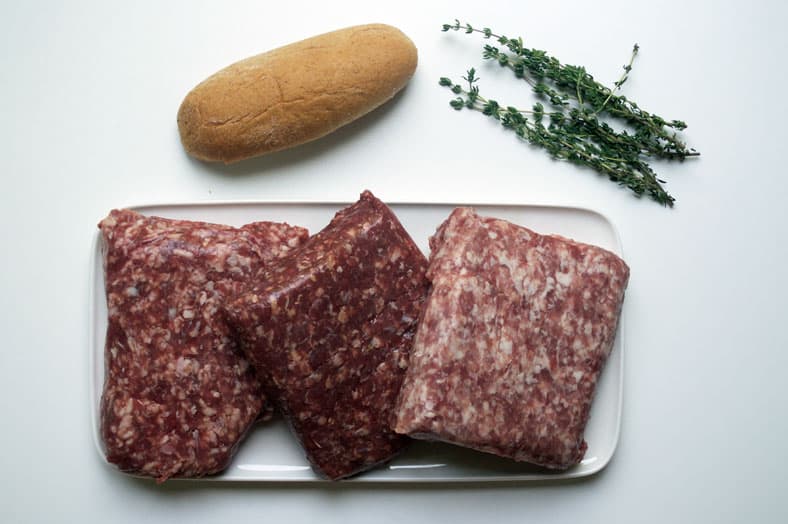
The Hot Dog
Where pylsur is indeed an exception, however, is in its composition. Whereas most hot dogs would contain only random cuts of pork and/or beef, a true Icelandic pylsur not only requires both, but it will add in a bit of its world-famous lamb into the mix.
If you opt to make these hot dogs at home, then, the key is to mix equal parts of all three meats together. From there, you don’t really need to do much to it. The hot dog will come out with a delightfully robust taste as is, and Icelandic cuisine hasn’t traditionally used many herbs and spices anyways. The exceptions here are salt (used as a preserver) and sometimes fresh thyme, which you can add in if you’d like.

From here, you’ll take your meat and stuff it into sausage casings (although you’ll see that we didn’t). Some advocate using a special tool for this, but you can do it just as easily by hand so long as you stay mindful not to rip the casing prematurely before cooking.
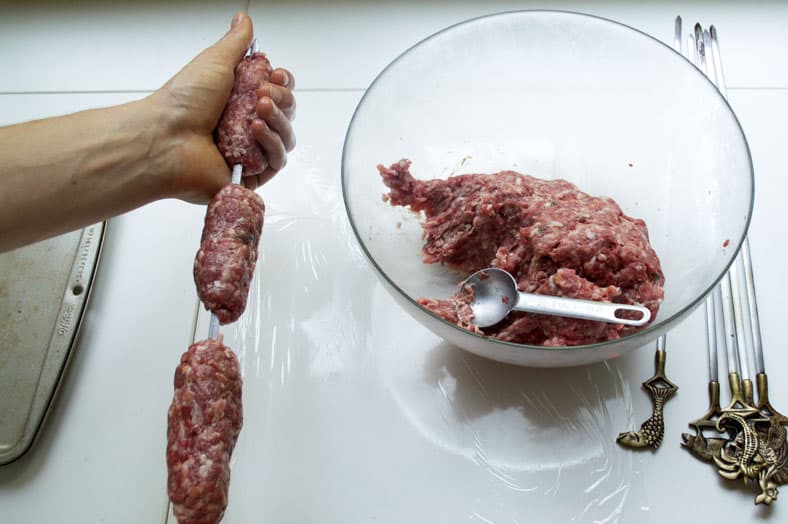
To cook your pyslur, you can do it one of two ways: either by boiling or by grilling. Rumor has it that Bæjarins Beztu boils their hot dogs in beer or some sort of malt beverage, which is what gives it the renowned taste. Whatever you do, though, don’t boil your pylsur in just water because you’ll otherwise lose all the flavor of your delicious meat. Instead, keep it on a medium heat and potentially add a malty alcoholic beverage (i.e. beer) into the cooking liquid.
Alternatively, you can grill your pylsur (although this is far less common). Simply throw it on the grill and cook it like you would any other hot dog, and you’re done!
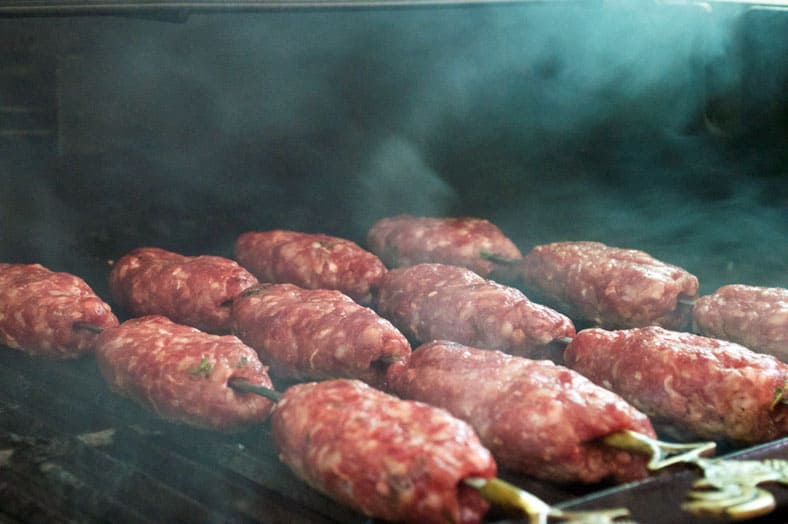

… Kind of.
The Toppings
Unless you’re absolutely insistent on having your pylsur like “the Clinton” – with only mustard just like the President did – you’d probably want to try a little bit of every type of topping available.
The default way to enjoy this type of hot dog is with ein með öllu, or “one with everything.” Most of the times, this means a mixture of condiments like ketchup, pylsusinep (a mustard sweetened and browned with catsup), remoulade, raw onions and crispy onions.
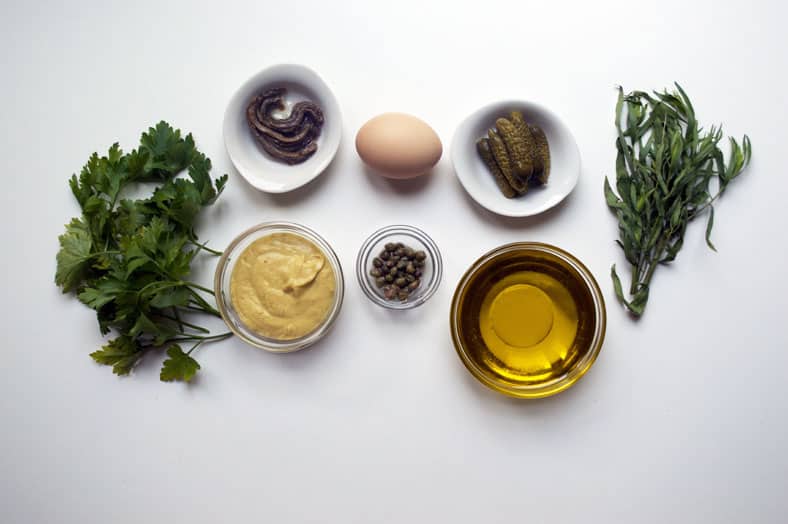
If making homemade, simply whip your condiments and toppings together (if making from scratch) prior to grilling your hot dog, and prepare to assemble it all into a bun right as the franks come hot off the grill!


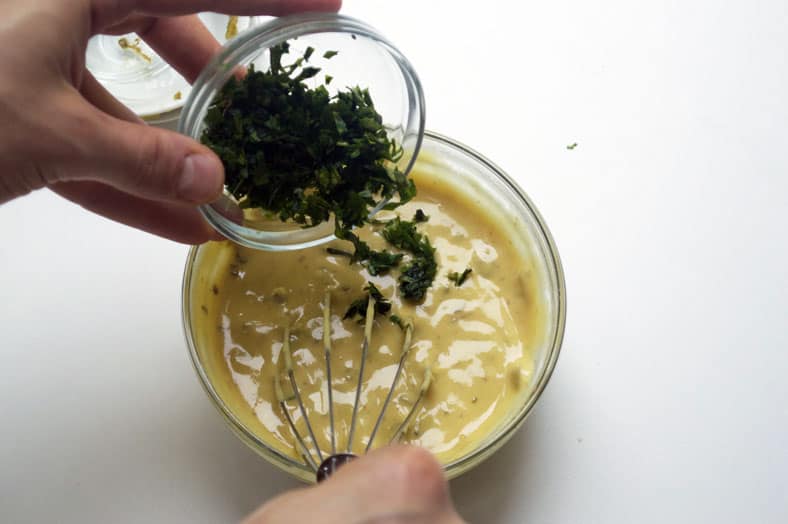
Our Take on the Recipe
For as popular a dish as it is, it’s quite surprising how few recipes there were that ventured into making them homemade. Most actually advocated buying them frozen from a specialty store or when you happen to be in Iceland!
This was far from satisfactory for us, so we did the best we could to make homemade pylsur according to principles laid out in what became our original reference recipe.
One truly major adjustment we made right out of the gates was, however, to forego the casings altogether. This was more a decision based on not finding any casings not loaded with nitrates and other additives. Since we try to stay good with conventional clean eating wisdom as best we can, we forged on without them.
To keep the meat together in sausage form instead, we opted to make “pylsur kabobs” with the meat wrapped around the skewer. That way, we could grill them and still have them retain form, which worked surprisingly well.

Admittedly, we hedged our bets and got meats with greater fat content, a decision that seemed to be a good one in the end. While we were at it, we added touches of thyme and salt into the mixture as well.
As for the toppings, we also tried to make our own versions of the remoulade and the pylusinep. Neither required much adjustment from the reference recipes, which is good considering we did enough tinkering with the pylsur as is..
Other than that, there’s really not much else that needs to be done. Pylsur are simple, easy to make, perfect for your next grilling outing, and they’re certainly not your run of the mill hot dog.
Enjoy!
How would you prepare your pylsur? Comment below!
